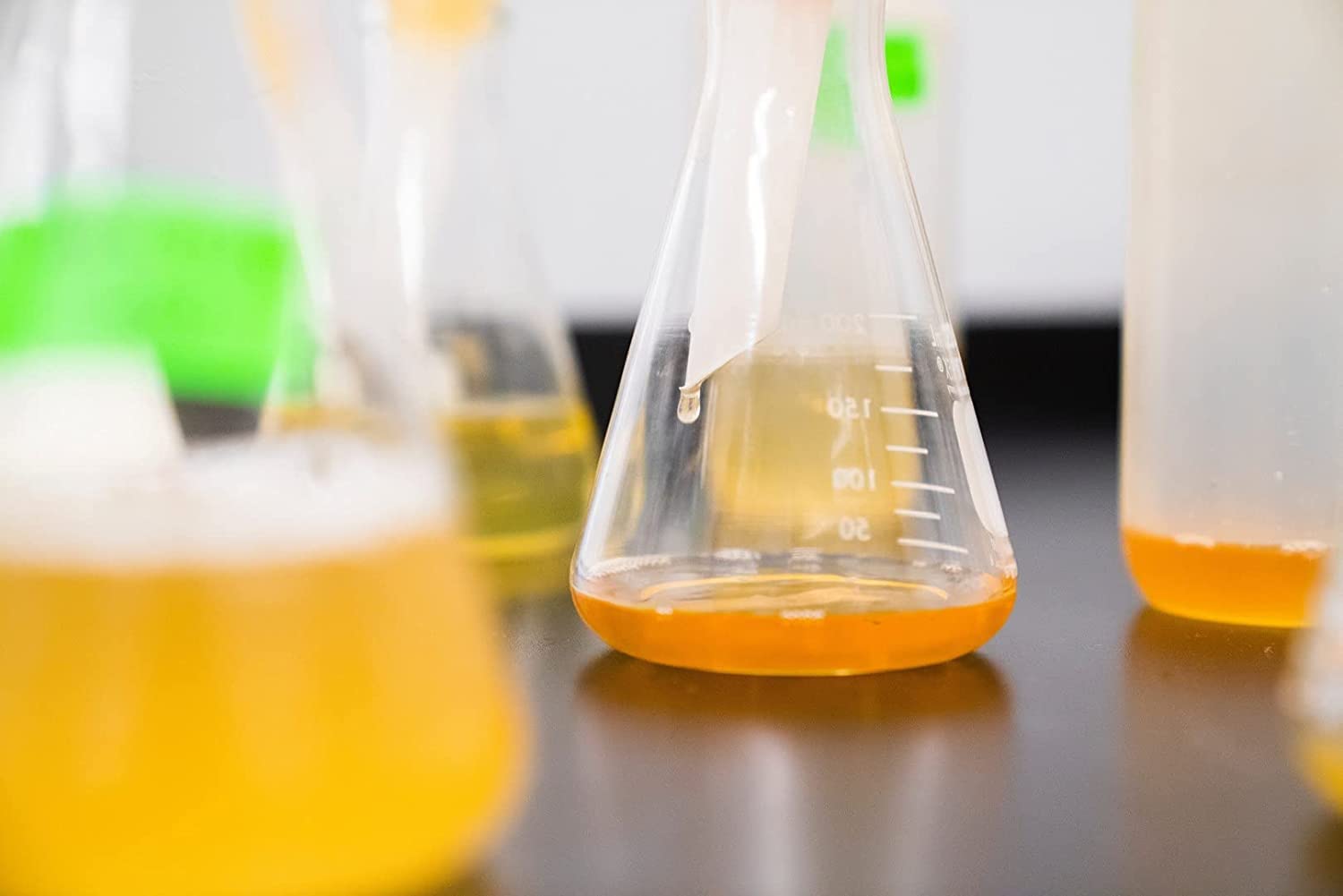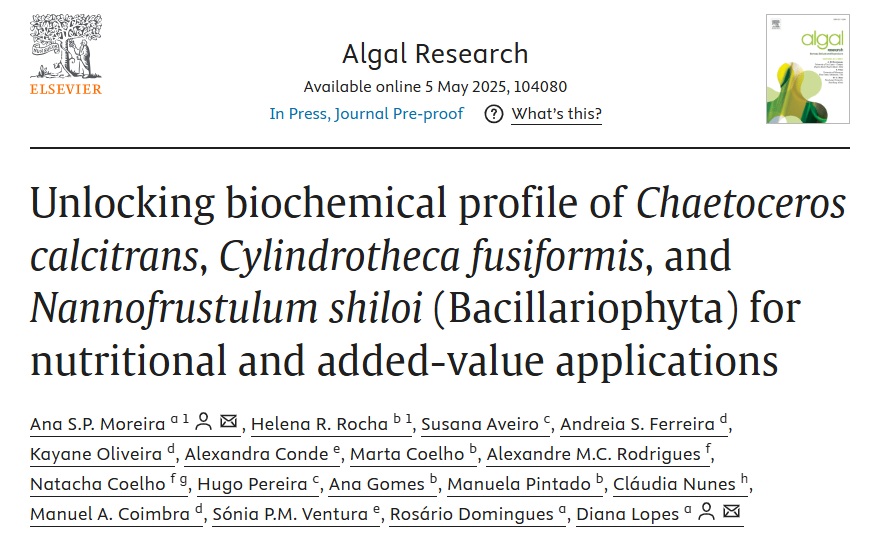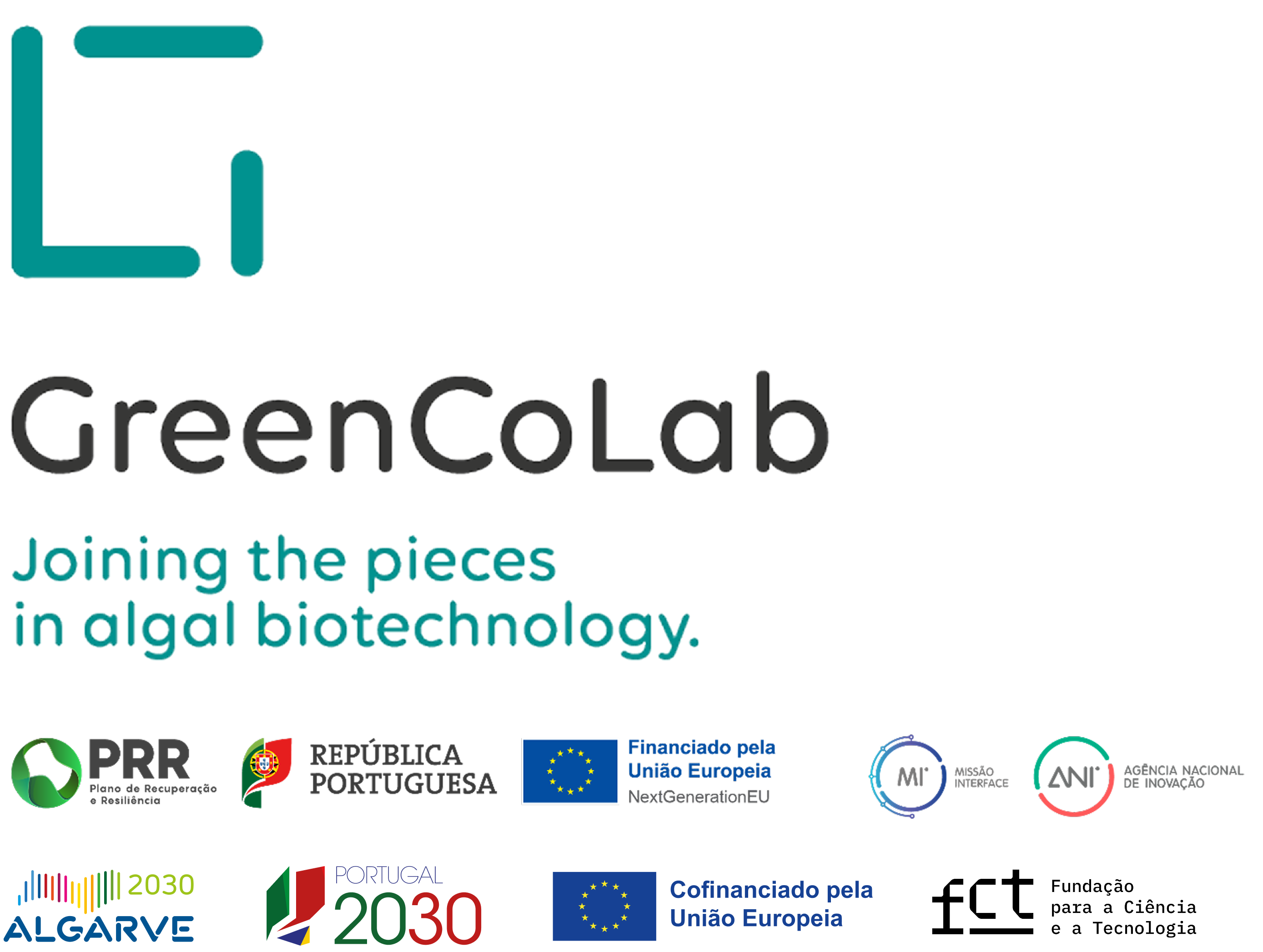

TITLE
Unlocking biochemical profile of Chaetoceros calcitrans, Cylindrotheca fusiformis, and Nannofrustulum shiloi (Bacillariophyta) for nutritional and added-value applications
JOURNAL
Algal Research
AUTHORS
Ana S. P. Moreira, Helena R. Rocha, Susana Aveiro, Andreia S. Ferreira, Kayane Oliveira, Alexandra Conde, Marta Coelho, Alexandre M. C. Rodrigues, Natacha Coelho, Hugo Pereira, Ana Gomes, Manuela Pintado, Cláudia Nunes, Manuel A. Coimbra, Sónia P. M. Ventura, Rosário Domingues, Diana Lopes
ABSTRACT
Diatoms have garnered attention as sources of natural bioactive compounds, making them attractive for developing high-value products for different biotechnological ends, particularly for nutritional applications. Despite their potential, the chemical composition of industrially produced biomass remains largely underexplored. In this context, this study was focused on a thorough characterisation of the biochemical profile of three marine diatom species produced outdoors in photobioreactors: Chaetoceros calcitrans, Cylindrotheca fusiformis, and Nannofrustulum shiloi. The proximal composition of biomasses accounted for 29–35 % ashes, 21–30 % proteins, 7–14 % lipids, 3–7 % carbohydrates, and 0.4–2 % pigments. Each species contained >35 % of essential amino acids, mainly alanine and leucine. Distinct soluble protein and peptide size distribution patterns were observed among the three species. Galactose (26–45 mol%), uronic acids (20–29 mol%), and glucose (3–21 mol%) were the main sugar residues found in all species. Galactose was mainly derived from floridoside and related compounds. The most abundant fatty acid was 20:5 n-3 in C. calcitrans (18 %), whereas in C. fusiformis was 16:1 n-7 (20 %) and 16:0 in N. shiloi (21 %). Lipidomics revealed 325 species of glycolipids, phospholipids, betaine lipids, sphingolipids, fatty amides, and sterol lipids, also with a distinct distribution along the lipid classes. C. calcitrans was the richest in chlorophylls (14 mg.g−1) and carotenoids (8 mg.g−1). In mineral analysis, calcium showed the highest difference, 66 mg.g−1 in N. shiloi, 27 mg.g−1 in C. fusiformis, and 4 mg.g−1 in C. calcitrans. Overall, this study highlights the nutritional potential of industrially produced diatoms, with distinct chemical profile that can be explored for target applications.



